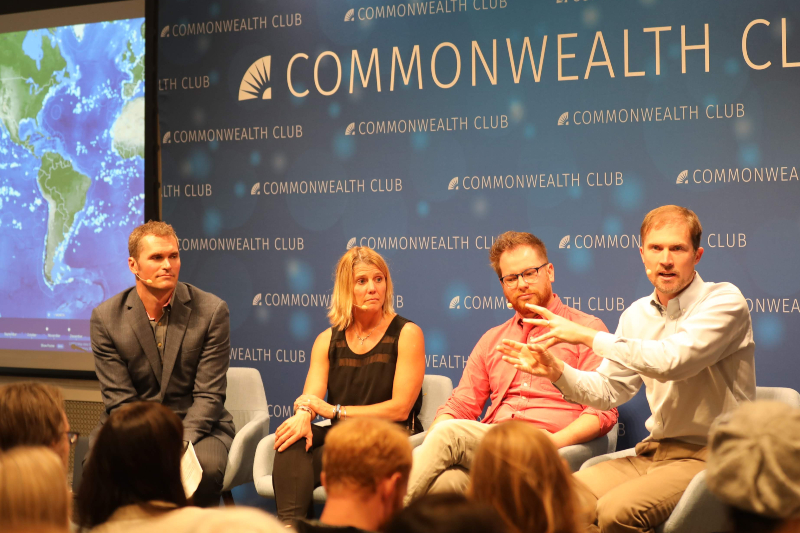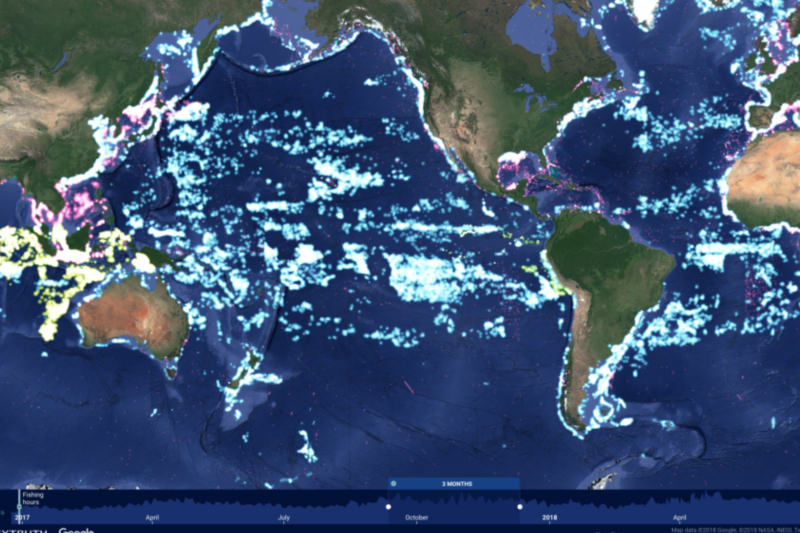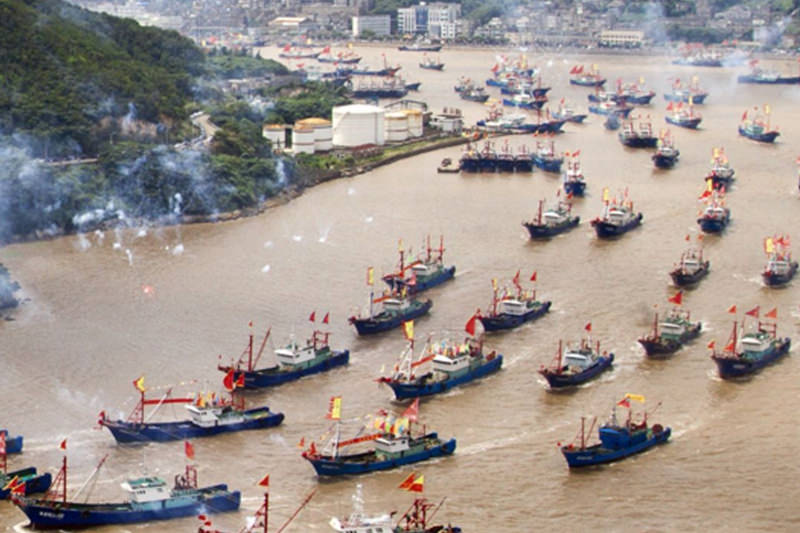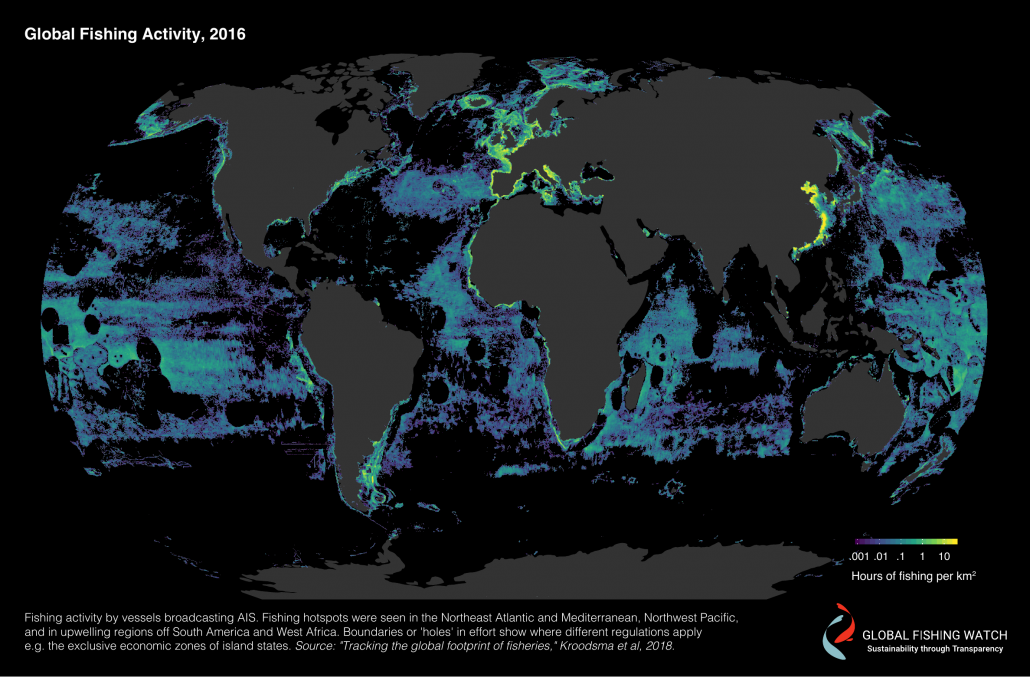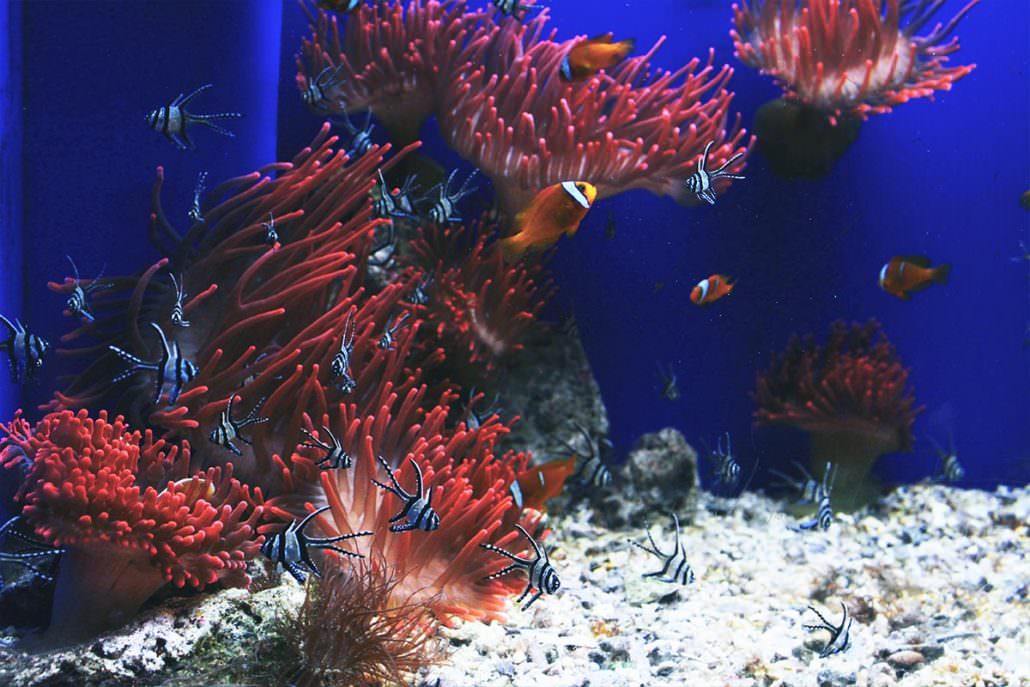New Techniques Reveal Fishing Vessel Identities in the Dark of Night
New Global Fishing Watch technology merges nighttime images with GPS datasets to observe vessels not broadcasting their positions When the sun sets, human activity on the ocean goes on. And every night, satellites snap a picture of all the activity taking place down below, including vessels at sea. Vessels often are equipped with bright lights […]
New Techniques Reveal Fishing Vessel Identities in the Dark of Night Read More »


